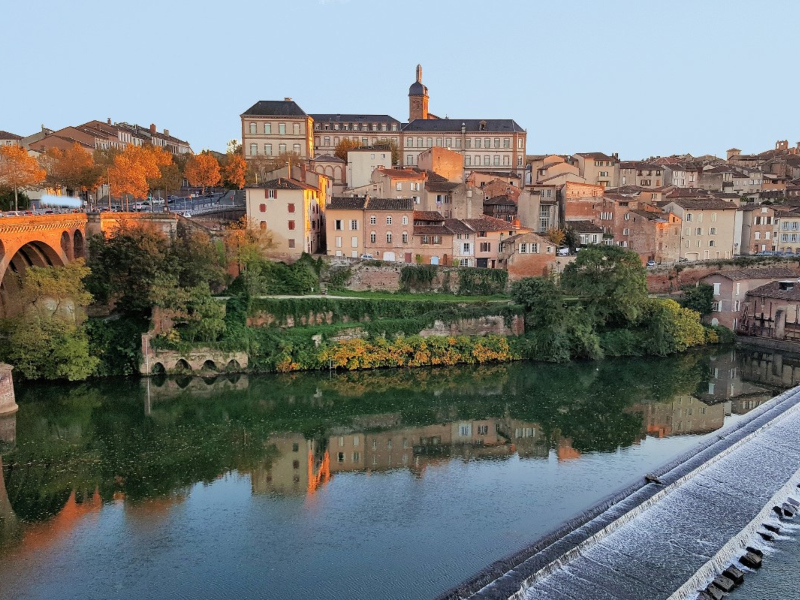From Farmhouses to Bastides: Exploring the Architecture of the Tarn

Nestled in the heart of southwest France, the Tarn is a department rich in history, culture, and architectural diversity. From medieval bastides to grand châteaux, and from traditional farmhouses to elegant townhouses, the region's built heritage reflects the influences of various periods and styles. Whether exploring the red-brick facades of Albi or the stone villages of the Montagne Noire, visitors and property seekers alike are captivated by the Tarn’s architectural charm.
The Red Brick of Albi and the Toulouse Influence
One of the most distinctive architectural features of the Tarn is found in Albi, the department’s capital. Known as the "Red City," Albi’s historic centre is dominated by La Cité Épiscopale, a UNESCO World Heritage Site. The Sainte-Cécile Cathedral, built entirely of red brick, is a masterpiece of Southern Gothic architecture. This use of brick—common throughout the Tarn’s western region—was heavily influenced by the Toulouse School of architecture, giving towns like Gaillac and Rabastens their warm, reddish hues.
Medieval Bastides and Fortified Villages
The Tarn is home to several bastide towns, planned medieval settlements dating back to the 13th and 14th centuries. Towns such as Cordes-sur-Ciel, Lisle-sur-Tarn, and Castelnau-de-Montmiral showcase classic bastide layouts, with a central square surrounded by arcaded buildings, narrow streets, and fortified gates. These towns were built to encourage trade and settlement, and their well-preserved half-timbered houses and stone facades make them some of the most picturesque in France.
Traditional Farmhouses and Rural Architecture
In the countryside, the traditional Tarn farmhouse varies depending on the geography. In the Gaillac wine region, farmhouses often feature warm-toned brick and terracotta roof tiles, blending seamlessly with the rolling vineyards. In contrast, in the Montagne Noire and Sidobre regions, where stone is more abundant, houses are built from granite or schist, giving them a sturdier, more rustic character. Many of these homes have been lovingly restored, combining original features like exposed beams and stone fireplaces with modern comforts.
Châteaux and Manor Houses
The Tarn boasts a wealth of châteaux and manor houses, reflecting centuries of aristocratic influence. From the grand Château de Penne, perched dramatically on a rocky outcrop, to the elegant Renaissance-style Château de Mauriac, these properties showcase impressive stonework, towers, and formal gardens. Many châteaux have been transformed into luxury homes, boutique hotels, or vineyards, preserving their grandeur while adapting to modern living.
A Region of Timeless Beauty
The architectural diversity of the Tarn is a testament to its rich history and varied landscapes. Whether it’s the medieval charm of Cordes-sur-Ciel, the stately elegance of Albi, or the rustic beauty of traditional farmhouses, the Tarn offers a unique blend of heritage and authenticity that continues to captivate residents and visitors alike.
Browse the latest properties for sale in the Tarn.





